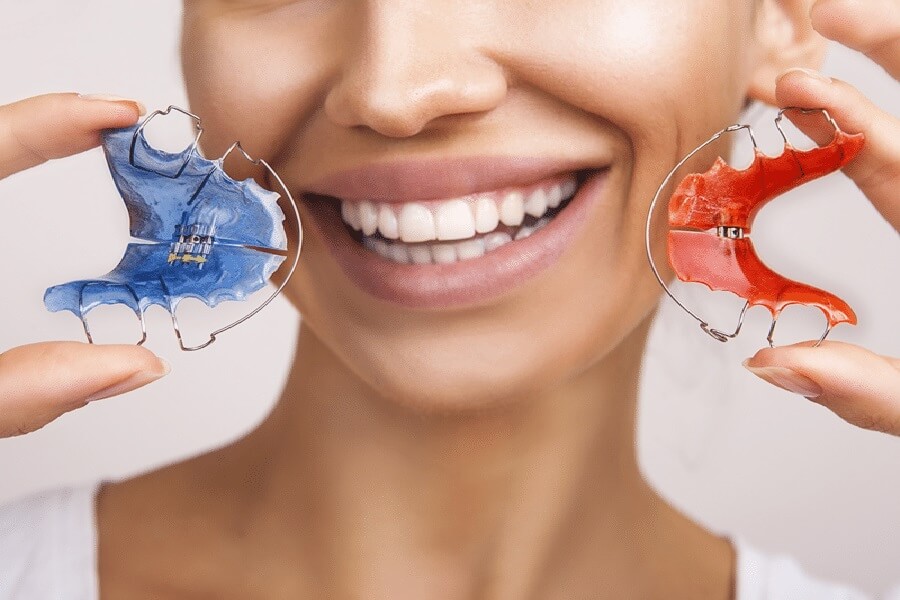While retainers help keep the teeth from shifting, or as we like to call it “relapsing”, they do not prevent all tooth movement. It is crucial to wear your retainers post orthodontic treatment to avoid them shifting back to where they began. Teeth shift very easily and quickly, but even permanent retainers that are glued to the teeth cannot prevent all movement. After the braces are removed, the teeth will “settle” which means they will shift slightly but this is good because it means the teeth erupt. This results in the retainer fitting better than the day the braces had been removed.
Table of Contents
Your retainer should fit well on the first day
We make our retainers in-house the day the patient’s braces and appliances come off. Additionally, we will not let our patients leave without a properly fitting retainer. When the patient first pops their retainer in, it will feel a little tight or snug, but it will loosen up as they wear them. If the retainer is more than a little snug and is uncomfortable in other areas or just is not fitting right, we will remake the retainer entirely or make
small adjustments to it.

Sometimes the retainers change shape
If the patient’s retainers are not fitting right anymore, either the patient has discontinued wearing it or something has to be done to distort its shape. Patients could also make the mistake of washing/cleaning their retainer with water that is too hot. To get the retainers to the shape of every individual patient’s mouth, they are made from thermoplastic that is heated and modeled using high pressure.
Retainers stop fitting if they are not worn as prescribed
If the retainers are no longer fitting, the first question the orthodontist will ask you if you have been wearing them as prescribed, whether this be all day and night or just every night. Wearing your retainer right after the removal of your braces is crucial, it is recommended that you wear them 24/7 for three months, of course, take them out for meals, and then after that every night. When patients forget to wear their retainers for more than a couple of days, their teeth will relapse and could mean getting the brackets put back on to straighten them again.
Should a patient come in with a retainer that is not fitting properly, the orthodontist will first check on the retainer to see if anything has changed or for any damages. If the retainer appears to be fine, then the doctor will evaluate if the teeth have relapsed. If the teeth have shifted a little, there can be small adjustments made but if those teeth have moved past the point of making adjustments, they may have to go back into treatment or get a new retainer. If the patient’s retainer feels tight, this is the first sign of the teeth shifting.


